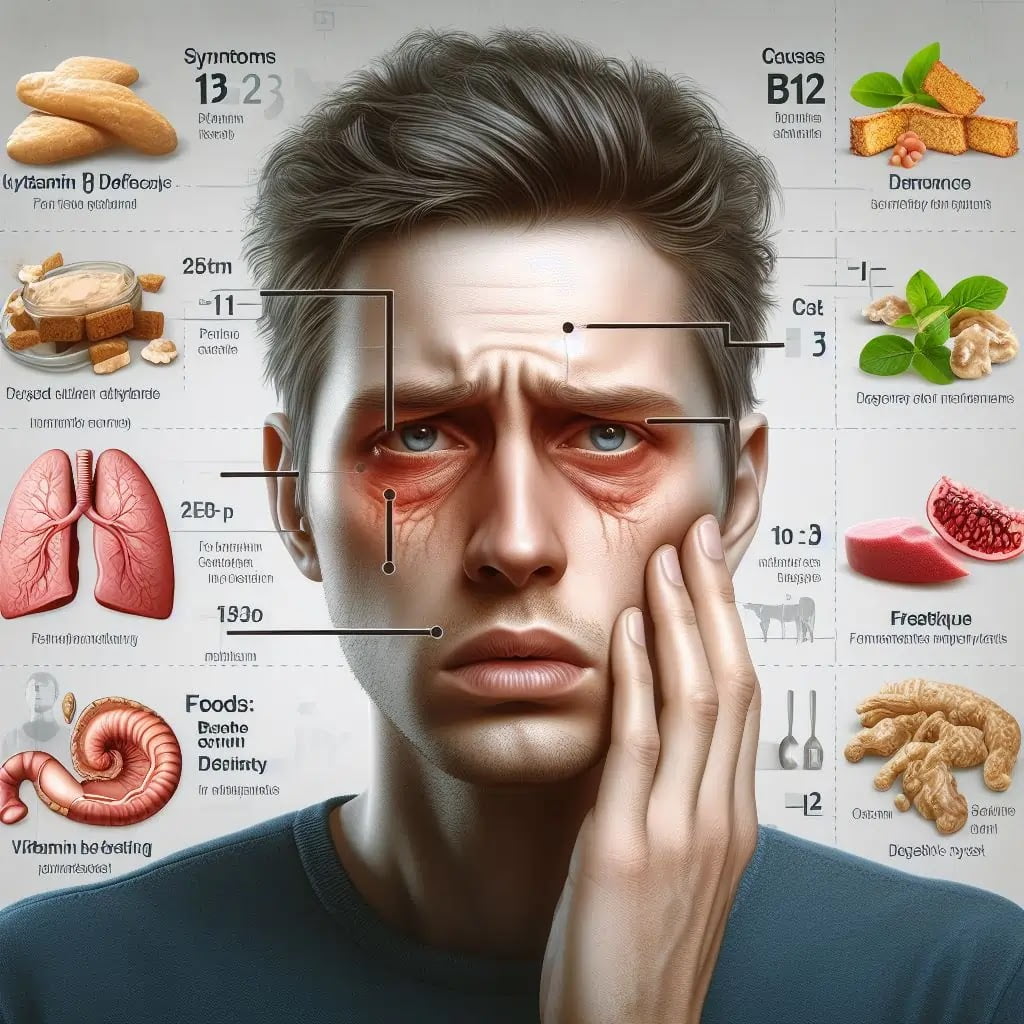What Causes Hemorrhoids?
Here are some common causes of hemorrhoids:
1. Straining During Bowel Movements: One of the leading causes of hemorrhoids is excessive straining during bowel movements. This can happen when you’re constipated or have diarrhea, putting extra pressure on the rectal veins.
2. Pregnancy: Hemorrhoids are a common issue during pregnancy. The increased pressure on the abdomen and hormonal changes can contribute to the development of hemorrhoids in pregnant women.
3. Obesity: Excess body weight can lead to increased pressure on the rectal veins, making obesity a risk factor for hemorrhoids.
4. A Sedentary Lifestyle: Lack of physical activity and prolonged periods of sitting or standing can reduce blood flow to the rectal area, increasing the risk of hemorrhoids.
5. Low-Fiber Diet: A diet low in fiber can lead to constipation, which, in turn, can lead to straining during bowel movements and the development of hemorrhoids.
6. Aging: As we age, the tissues supporting the rectal veins may weaken, making older individuals more prone to hemorrhoids.
7. Genetics: Family history can play a role in a person’s susceptibility to hemorrhoids. If your parents or siblings have had them, you might be more likely to develop them too.
8. Chronic Diarrhea: Frequent and chronic episodes of diarrhea can irritate the rectal area and contribute to hemorrhoid formation.
Understanding the causes of hemorrhoids is essential for effective prevention and management. Now, let’s delve into the symptoms of hemorrhoids.
Hemorrhoid Symptoms in Males and Females
1. Rectal Bleeding: The most prevalent symptom of hemorrhoids is rectal bleeding, often noticed as bright red blood on toilet paper or in the toilet bowl. This bleeding usually occurs during or after a bowel movement.
2. Itching and Irritation: Hemorrhoids can cause intense itching and irritation in the anal area. This discomfort is often accompanied by a persistent urge to scratch the affected area.
3. Discomfort, Pain, or Soreness: Hemorrhoids can lead to discomfort, pain, or soreness around the anus, making sitting and moving around uncomfortable.
4. Lumps or Swelling: External hemorrhoids can sometimes be felt as small lumps around the anal area. These lumps may be sensitive to the touch.
5. Mucous Discharge: In some cases, internal hemorrhoids can produce a mucous discharge that can cause discomfort.
It’s important to note that while these symptoms are common, they can also be indicative of other medical conditions. If you experience these symptoms, it’s advisable to seek medical evaluation for an accurate diagnosis.
In terms of gender-specific experiences, there isn’t a significant difference in the symptoms of hemorrhoids between males and females. Both can experience rectal bleeding, itching, pain, and discomfort. However, pregnant women are more prone to hemorrhoids due to the added pressure on the abdomen and pelvic area during pregnancy.
Protection and Medication from Hemorrhoids
Preventing hemorrhoids is often more comfortable than treating them once they have developed. Here are some strategies for protection and medications for hemorrhoids:
Protection from Hemorrhoids
1. High-Fiber Diet: Consuming a diet rich in fiber can help maintain regular bowel movements and prevent constipation. This, in turn, reduces the risk of hemorrhoids. Foods like whole grains, fruits, and vegetables are excellent sources of fiber.
2. Adequate Hydration: Drinking plenty of water is essential to keep stools soft and prevent straining during bowel movements. Aim for at least 8 glasses of water per day.
3. Regular Exercise: Engaging in regular physical activity can improve blood circulation and prevent the development of hemorrhoids. Aim for at least 30 minutes of exercise most days of the week.
4. Avoid Straining: Avoid straining during bowel movements. If you’re having trouble, consider using stool softeners or fiber supplements to make the process smoother.
5. Take Breaks: If your job involves long periods of sitting or standing, make an effort to take breaks and walk around to improve circulation.
6. Kegel Exercises for Pregnant Women: Pregnant women can benefit from doing Kegel exercises to strengthen the pelvic muscles and reduce the risk of hemorrhoids.
7. Maintain a Healthy Weight: If you’re overweight, losing weight can reduce the pressure on the rectal veins.
Medication and Treatment
1. Over-the-counter Creams and Ointments: There are over-the-counter creams and ointments that can help relieve the discomfort and itching associated with hemorrhoids. These may contain ingredients like hydrocortisone.
2. Fiber Supplements: If your diet lacks fiber, consider taking fiber supplements to soften your stools and make them easier to pass.
3. Sitz Baths: Soaking the anal area in warm water for 10-15 minutes a few times a day can provide relief from discomfort and help reduce swelling.
4. Prescription Medications: In some cases, a doctor may prescribe stronger medications or suppositories to alleviate symptoms and shrink hemorrhoids.
5. Infrared Coagulation (IRC): IRC is a non-surgical procedure that uses infrared light to coagulate the blood vessels feeding the hemorrhoid, causing it to shrink.
6. Rubber Band Ligation: This procedure involves placing a rubber band at the base of the hemorrhoid to cut off its blood supply, leading to its shrinkage and eventual elimination.
7. Surgical Removal: In severe cases, surgical removal of hemorrhoids may be necessary. This is usually reserved for large, painful, or persistent hemorrhoids.
It’s important to consult with a healthcare professional if you suspect you have hemorrhoids or if you’re experiencing severe symptoms. They can provide an accurate diagnosis and recommend the most appropriate treatment.
Conclusion
Hemorrhoids are a common medical condition that can cause significant discomfort and inconvenience. By understanding the causes of hemorrhoids and recognizing their symptoms, you can take steps to protect yourself from this condition. Additionally, practicing good habits like maintaining a high-fiber diet, staying hydrated, and avoiding excessive straining during bowel movements can go a long way in preventing hemorrhoids. If you do develop hemorrhoids, there are various treatment options available, both over the counter and through medical procedures. Remember, it’s crucial to seek medical advice for a proper diagnosis and tailored treatment plan.
FAQs
Q: What are hemorrhoids and how do they form?
A: Hemorrhoids are swollen veins in the anus and lower rectum. They can form when there is increased pressure on these veins due to straining during bowel movements, pregnancy, obesity, aging, or other factors.
Q: What are the symptoms of hemorrhoids and how are they diagnosed?
A: Hemorrhoids can cause symptoms such as bleeding, itching, pain, discomfort, swelling, or lumps around the anus. Depending on where they are located, they can be classified as internal or external hemorrhoids. Internal hemorrhoids are inside the rectum and may not cause any discomfort, but can bleed or prolapse (push through the anal opening). External hemorrhoids are under the skin around the anus and can be itchy, painful, or thrombosed (clotted with blood). To diagnose hemorrhoids, a healthcare provider may perform a physical exam, a digital rectal scan, or a sigmoidoscopy.
Q: What are the treatment options for hemorrhoids and how effective are they?
A: Treatment options for hemorrhoids depend on the type, size, and severity of the hemorrhoids, as well as the patient’s preference and medical history. Some common treatments include:
- Medication: Over-the-counter or prescription creams, ointments, suppositories, or pads that contain ingredients such as hydrocortisone, witch hazel, or lidocaine can help relieve pain, inflammation, and itching. Oral pain relievers such as acetaminophen or ibuprofen can also help. Fiber supplements or stool softeners can ease constipation and reduce straining.
- Procedure: Minimally invasive procedures that can be done in the office or outpatient setting include rubber band ligation, sclerotherapy, infrared coagulation, or bipolar diathermy. These procedures aim to cut off the blood supply to the hemorrhoid, causing it to shrink and fall off. More invasive procedures that require anesthesia and hospitalization include hemorrhoid stapling or hemorrhoidectomy. These procedures remove or staple the hemorrhoid tissue.
- Self-care: Home remedies that can help with hemorrhoids include soaking in a warm bath, applying ice packs, using wet wipes or moist toilet paper, avoiding prolonged sitting or standing, and wearing loose, cotton underwear. Lifestyle changes such as eating more fiber, drinking more water, exercising regularly, and avoiding heavy lifting can also prevent or reduce hemorrhoids.
The effectiveness of these treatments varies depending on the individual case and the compliance of the patient. Some people may experience recurrence or complications of hemorrhoids, such as bleeding, infection, or anal fissures. In general, the more invasive the procedure, the more likely it is to provide lasting relief, but also the more likely it is to cause side effects or complications.
Q: What are the complications of hemorrhoids and how can they be prevented?
A: Complications of hemorrhoids can include:
- Anemia: Chronic blood loss from hemorrhoids can lead to anemia, a condition where the body has low levels of red blood cells. This can cause weakness, fatigue, and shortness of breath.
- Strangulated hemorrhoid: A prolapsed hemorrhoid can become trapped by the anal sphincter, cutting off its blood supply. This can cause severe pain, swelling, and infection.
- Thrombosed hemorrhoid: A blood clot can form in an external hemorrhoid, causing a hard, painful lump. This can sometimes resolve on its own, or it may require drainage or surgery.
- Anal fissure: A tear in the lining of the anus can result from straining or passing hard stools. This can cause bleeding, pain, and spasms of the anal sphincter.
- Anal fistula: An abnormal connection between the anus and the skin or another organ can result from an infection or abscess in the anal area. This can cause drainage, pain, and inflammation.
To prevent these complications, it is important to seek medical attention if you have symptoms of hemorrhoids that do not improve with home treatment, or if you have severe or persistent bleeding, pain, or infection. You should also follow the prevention tips mentioned above, such as eating more fiber, drinking more water, and avoiding straining.
Q: What are some reliable sources of information on hemorrhoids and where can I find them?
A: Some reliable sources of information on hemorrhoids include:
- Mayo Clinic: A reputable medical center that provides comprehensive and evidence-based information on hemorrhoids, including symptoms, causes, diagnosis, treatment, and prevention.
- Cleveland Clinic: Another reputable medical center that provides similar information on hemorrhoids, as well as a health library and a blog with tips and insights on digestive health.
- MSN Health: A popular online platform that provides health information from various sources, including a section on hemorrhoids that covers its definition, symptoms, causes, risk factors, complications, diagnosis, treatment, prevention, foods, self-care, and specialists.
- WebMD: A leading online health publisher that provides information on hemorrhoids, including an overview, causes, symptoms, diagnosis, treatment, home remedies, and prevention.
- MedlinePlus: A service of the U.S. National Library of Medicine that provides information on hemorrhoids, including a summary, diagnosis, treatment, prevention, statistics, research, clinical trials, and related topics.

%20(1).webp)
.webp)
.webp)
.webp)
.webp)

